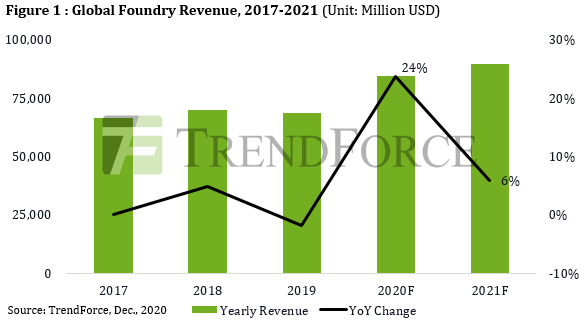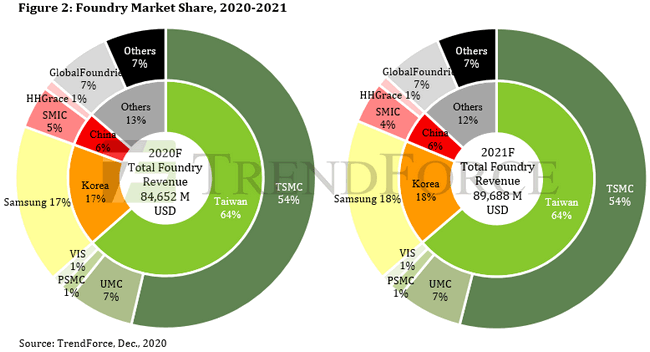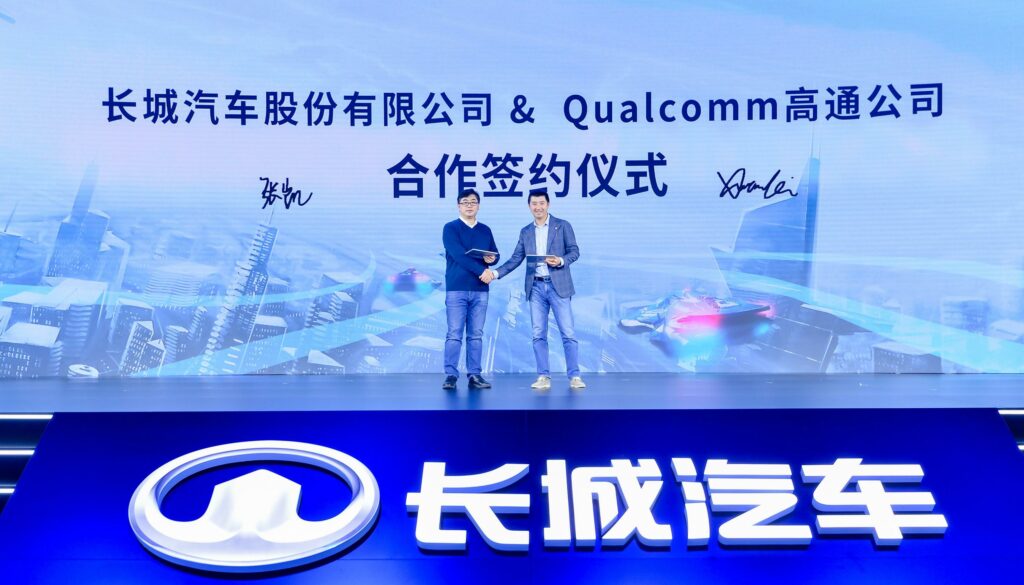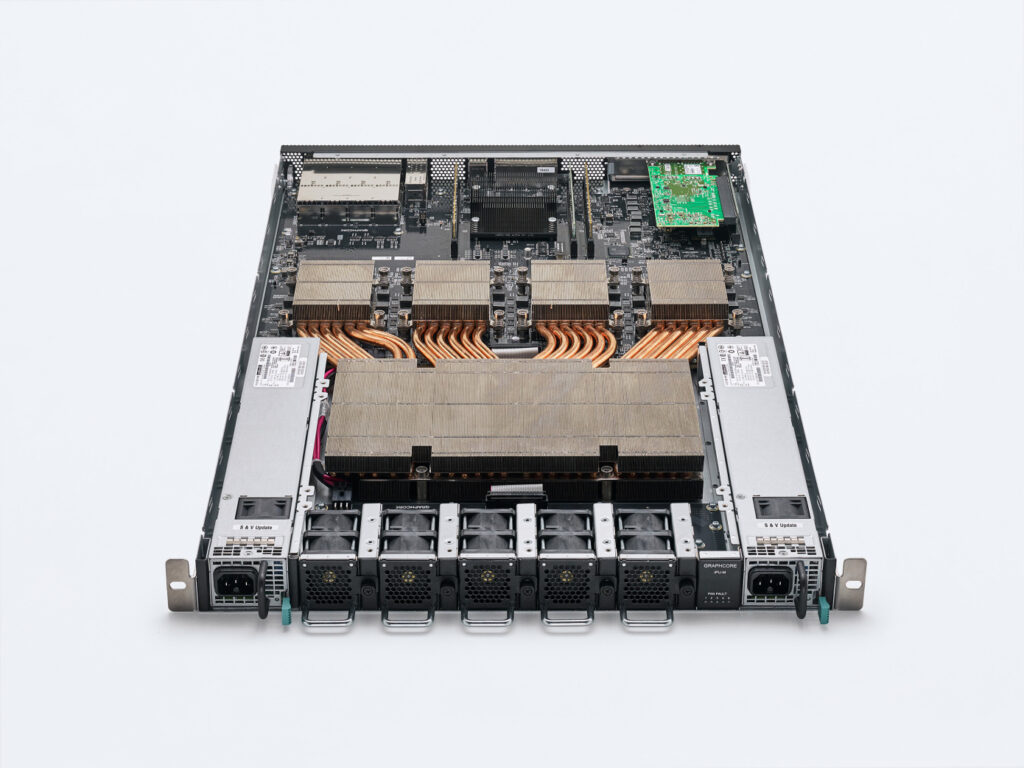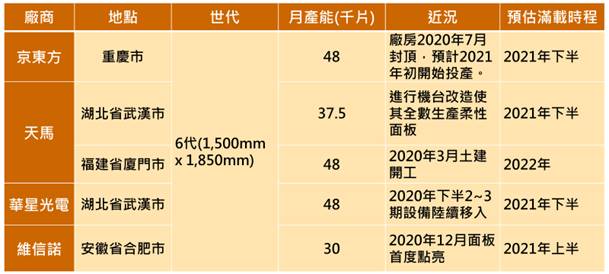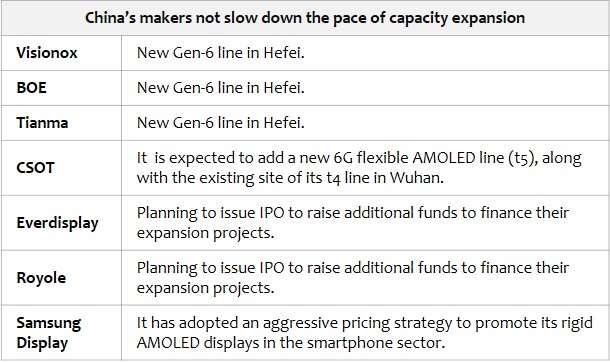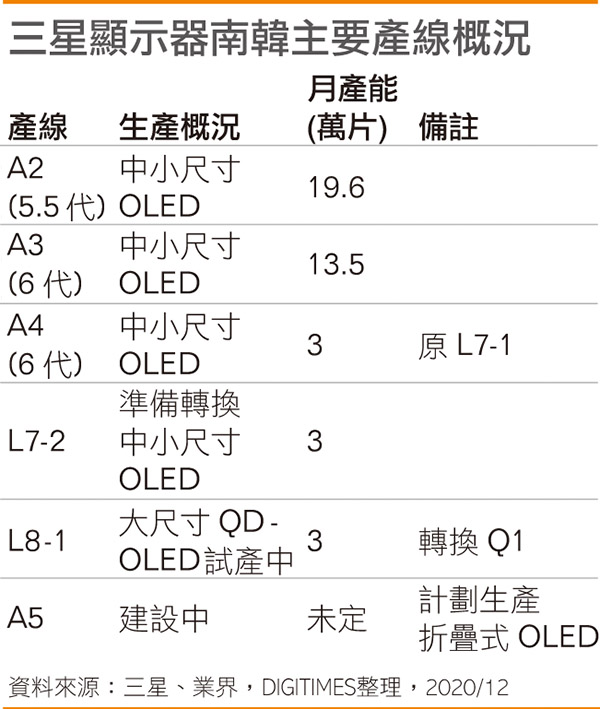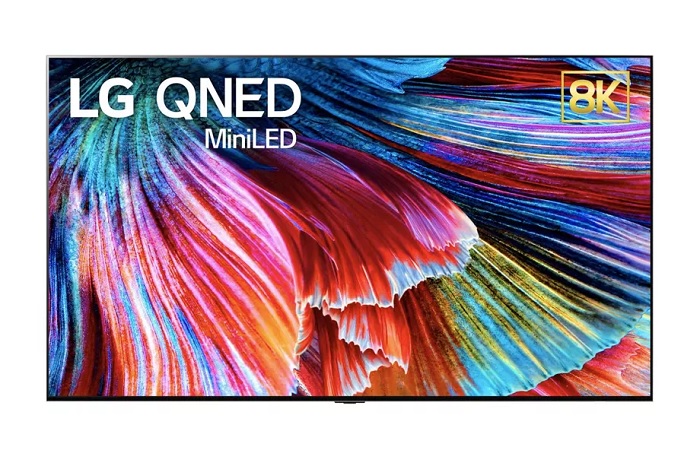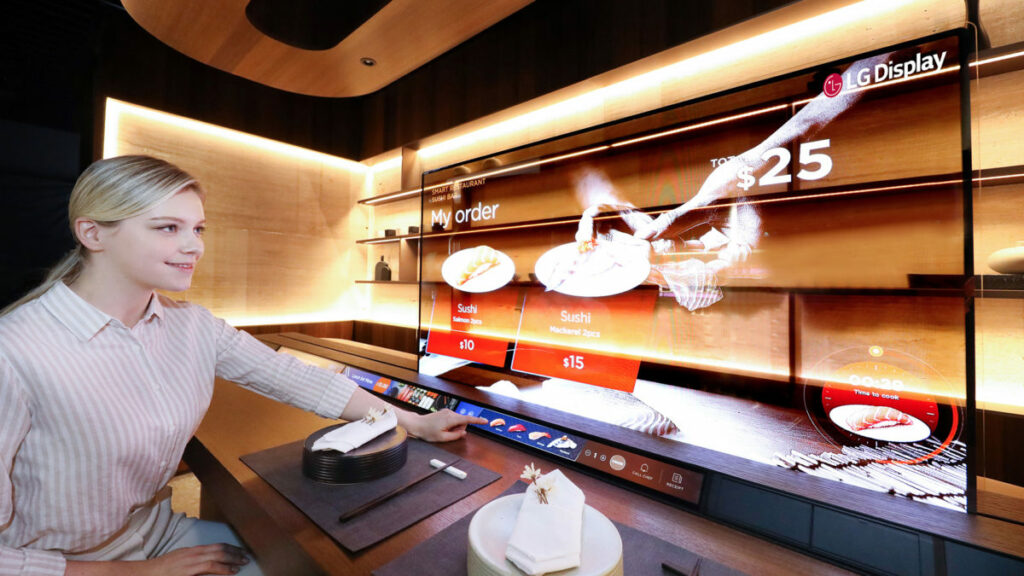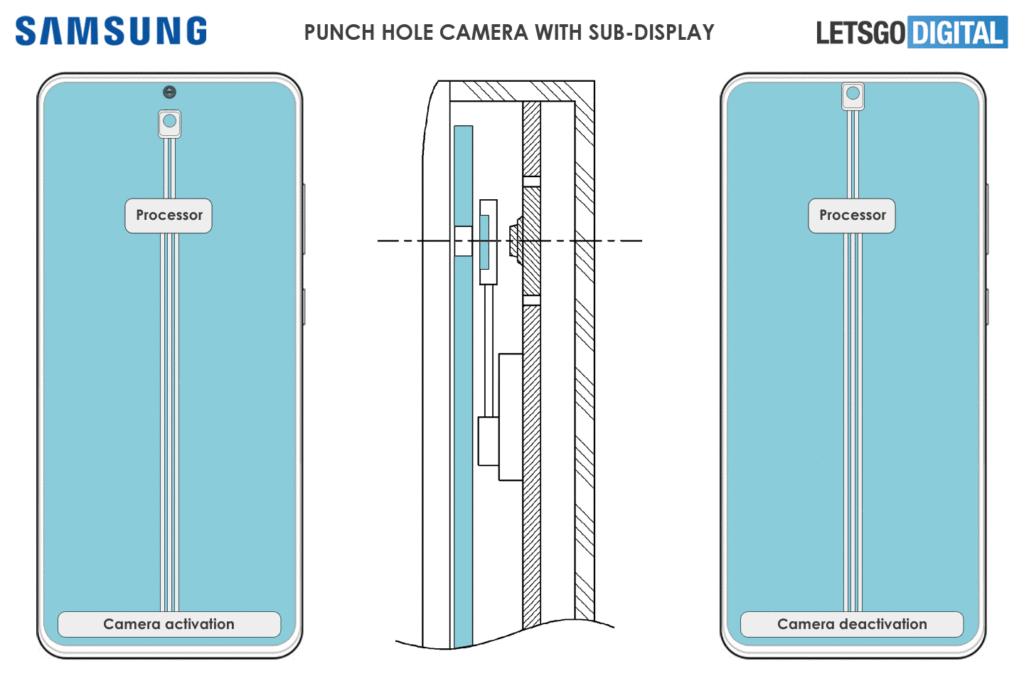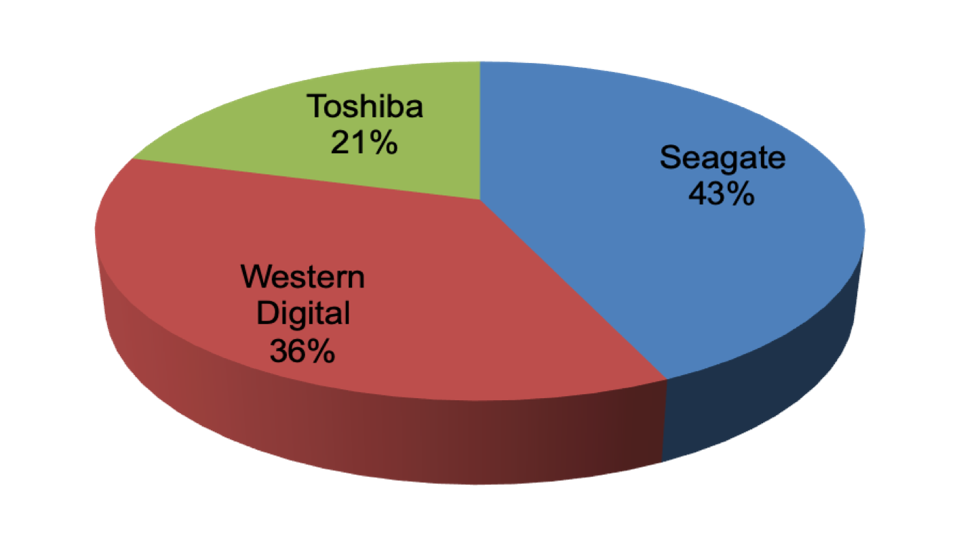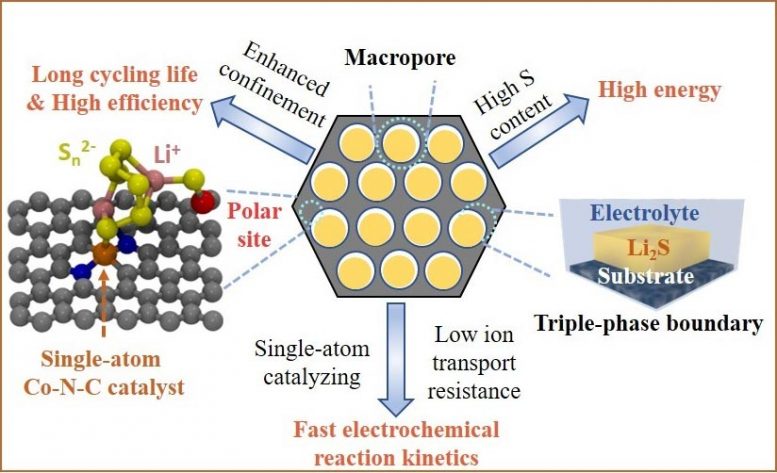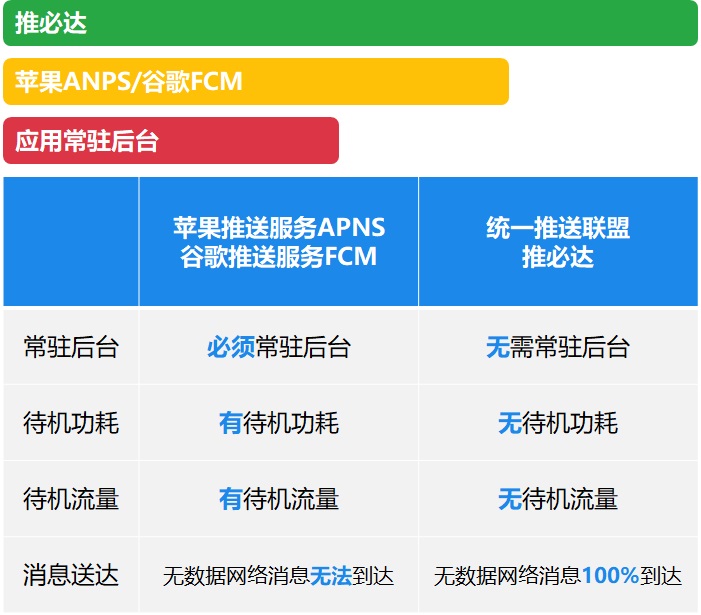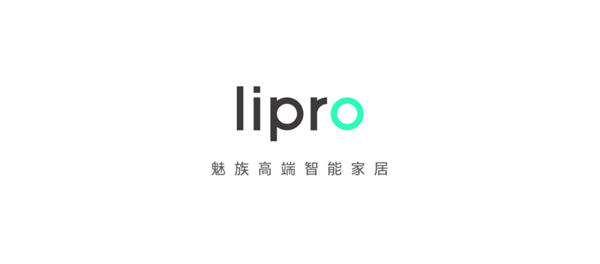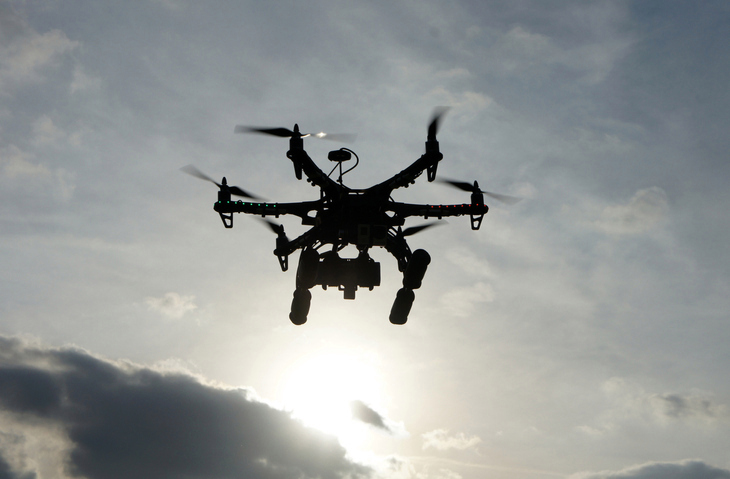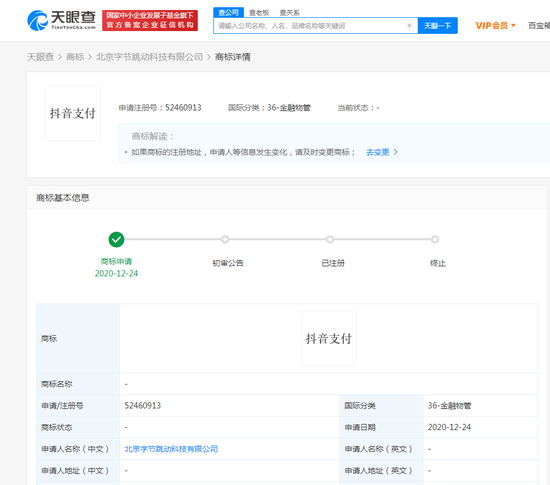
12-31 #FCOVID19 : Qualcomm and GWM have announced the companies’ working relationship in autonomous driving; Samsung Display has decided to push back the deadline for withdrawing from the LCD panel market; etc.
Global foundry revenue is expected to reach USD84.6B in 2020 by undergoing a 23.7% YoY growth, which is the highest % growth in nearly 10 years, according to TrendForce. This performance took place on the backs of several developments, including OEMs’ aggressive inventory procurement brought about by the COVID-19 pandemic and the “new normal” involving WFH and distance education in 1H20. The 2H20, on the other hand, saw U.S. sanctions tilting forward Huawei’s component demand, as well as the increased penetration rate of 5G smartphones and increased 5G base station build-outs. (CN Beta, TrendForce, TrendForce)
Qualcomm and Great Wall Motor (GWM) have announced the companies’ working relationship in autonomous driving, under which GWM will use the Qualcomm Snapdragon Ride Platform to build its advanced intelligent driving system of high computing power—GWM “Coffee Intelligence” system—and adopt the system in its premium production vehicles starting in 2022. (Neowin, Qualcomm, Sohu, Sina)
Graphcore, a Bristol, U.K.-based startup developing chips and systems to accelerate AI workloads, has announced it has raised USD222M in a series E funding round. The AI accelerators Graphcore is developing — which the company calls Intelligence Processing Units (IPUs) — are a type of specialized hardware designed to speed up AI applications, particularly neural networks, deep learning, and machine learning. (The Verge, TechCrunch)
China’s makers have not slowed down the pace of capacity expansion and technology upgrades for AMOLED panels, although its smartphone industry has been affected by the coronavirus pandemic and the US trade restrictions against Huawei, Digitimes Research has found. China’s panel makers have switched their AMOLED to roll out products for wearable or flexible applications. (Digitimes, press, Digitimes)
Samsung Display has decided to push back the deadline for withdrawing from the LCD panel market, bringing in more uncertainties to the supply and price outlook for 2021. The company is likely to roll out 4-5M TV panels from its Gen-7 and Gen-8 lines in 2021, with those panels mostly to be consumed in house by Samsung Electronics, and therefore, the continued production by Samsung Display will have not much impact on overall TV panel supply in 2021. (Gizmo China, Reuters, Digitimes, press, CN Beta)
LG is adopting Mini LED technology for its premium LCD 8K and 4K TVs in 2021. The company says its new backlight “comprises up to almost 30,000 tiny LEDs that produce incredible peak brightness and a contrast ratio of 1,000,000:1 when paired with up to 2,500 dimming zones and advanced local dimming zones”. LG has branded these upper-end LCD TVs as “QNED”, Q is quantum dot color and the N may be LG’s “NanoCell” branding. (Digital Trends, CN Beta, Gizmo China, The Verge)
LG Display (LGD) is still eager to make transparent OLED displays a practical reality. LGD has designed a concept “Smart Bed” that would use a 55” transparent screen as a TV that effectively becomes invisible. LGD also envisions using the 55” transparent OLED for restaurants. (Engadget, Android Authority)
Samsung has announced that the HDR10+ Adaptive feature will be supported in Samsung TVs, which improves the HDR10+ viewing experience in customers’ homes regardless of the lighting conditions. HDR10+ Adaptive will launch globally with Samsung’s upcoming QLED TV products. (GizChina, Neowin, Samsung, CN Beta)
OPPO has introduced a new camera sensor by Sony called IMX766 in its latest smartphone, the Reno5 Pro+ 5G. Both companies are reportedly going even further in their partnership and expect another new sensor – IMX789. (Weibo, GSM Arena, Sparrow News)
Samsung Electronics has applied to WIPO (World Intellectual Property Office) for a patent titled “Electronic Equipment Including Sub-Displays and Operating Methods”. This patent describes a mobile phone whose front camera can be hidden by switching the screen layering. The top middle of the screen of this device is a transparent area. The secondary display (sub-display) layer is under the transparent area. This part of the module integrates a dual-camera lens (iris sensor and ordinary lens) and LED flash. (CN Beta, GizChina, LetsGoDigital)
In the HDD hard drive market, there are currently 3 companies, namely Seagate, Western Digital and Toshiba. The first 2 companies are the largest, with Seagate’s share of 43% in 1Q20, Western Digital’s share of 36%, and Toshiba’s 21%, which is half less than the previous two. Technical HDD hard drives also lag behind. However, Toshiba has now decided to increase production. The factory in the Philippines is adding assembly and test production lines. It is expected that HDD production capacity will increase by 30% in fiscal year 2021 (starting on 1 Apr 2021), mainly for the data center market. Toshiba hopes to increase share in this field to 20%. (CN Beta, IT Bear)
HKUST Energy Institute has proposed a novel cathode design concept for lithium–sulfur (Li–S) battery that substantially improves the performance of this kind of promising next-generation battery. Li–S batteries are regarded as attractive alternatives to lithium-ion (Li-ion) batteries that are commonly used in smartphones, electric vehicles, and drones. (CN Beta, My Drivers, SciTech Daily, California News Times)
23 companies and organizations include GSMA, Ericsson, Huawei, Nokia, ZTE, European Telecommunications Network Operators Association (ETNO), European Competitive Telecommunications Association (ECTA), Elisa, Etisalat, Telia, Telefónica, France Telecom, China Mobile , China Telecom, China Unicom, Datang, OPPO, Saudi Telecom, vivo, Zain, Xiaomi, Lenovo, UNISOC, etc. have jointly issued a statement supporting the use of 6GHz as mobile broadband spectrum, and jointly promote the development of WRC-23 6GHz IMT spectrum research work, develop and build an end-to-end industrial chain. (CN Beta, IT Home, C114)
OPPO has completed the adaptation of the “Tuibida (Live to Push)” business under the Unified Push Alliance. “Tuibida” is a new signaling-based push technology solution launched by the China Academy of Information and Communications Technology (CAICT). It has a significant advantage in the technical architecture compared to the push through the long connection method in the resident background of each application. (IT Home, Laoyaoba)
Worsening Covid-19 infections and the recent labor riot at Wistron’s iPhone manufacturing plant in India have compounded the difficulty for Taiwan’s ODMs to send Taiwanese production management staff to the South Asian country, according to Digitimes. Foxconn and Wistron are continuing their capacity expansions in India, and Pegatron is also set to start volume production at its plant there in 2H21, all requiring many management talents to oversee operations of production lines. (Digitimes, press, Bnext, Digitimes)
Over 40% of Japanese companies the government recognizes as possessing sensitive technology linked to security are shifting their manufacturing bases and sources of parts supplies from China in a bid to diversify their supply chains. Kyodo recently surveyed some 150 major listed companies, of which 96 responded. The respondents include Canon, Toyota Motor, KDDI, NEC, Kobe Steel and Mitsubishi Heavy Industries. (Kyodo News, Gizmo China)
Vice President of Huawei’s Consumer Business Software Department, Yang Haisong, has revealed that Huawei is expecting 100M devices to ship with HarmonyOS from over 40 partnered brands by 2021. (Gizmo China, C114)
Amazon is acquiring Wondery, which is a major independent podcast. The deal values Wondery, which began in 2016, at roughly USD300M. Amazon has called the Wondery deal a “pivotal moment to expand the Amazon Music offering beyond music as listener habits evolve”. (CN Beta, Amazon, NY Times, The Verge)
Meizu has announced new strategy of “one body and two wings” for 2021 and new high-end smart home brand Lipro. Under the new strategy, Meizu’s flagship phones are still the core business, and the smart home and AIoT smart wearable businesses will be officially upgraded to Meizu’s strategic-level engines, and together with smartphones will form a new driving force for future development. (My Drivers, Sohu, CN Beta)
Xiaomi Mi 11 is official in China – 6.81” 1440×3200 QHD+ HiD 120Hz AMOLED, Qualcomm Snapdragon 888, rear tri 108MP OIS-13MP ultrawide-5MP macro + front 20MP, 8+128 / 12+256GB, Android 11, fingerprint on display, 4600mAh 55W, 10W reverse charging, CNY3,999 (USD612) / CNY4,699 (USD719). (Android Authority, GSM Arena, CN Beta)
vivo X60 series is announced in China: X60 – 6.56” 1080×2376 FHD+ HiD 120Hz AMOLED, Samsung Exynos 1080, rear tri 48MP gimbal OIS-13MP ultrawide-13MP 2x portrait OIS + front 32MP, 8+128 / 8+256GB, Android 11.0, fingerprint on display, 4300mAh 33W, CNY3498 (USD535) / CNY3798 (USD612). X60 Pro – 6.56” 1080×2376 FHD+ HiD 120Hz curved AMOLED, Samsung Exynos 1080, rear quad 48MP gimbal OIS-13MP ultrawide-13MP 2x portrait OIS-8MP periscope 5x optical OIS + front 32MP, 12+256GB, Android 11.0, fingerprint on display, 4200mAh 33W,CNY4498 (USD688). (Android Authority, GSM Arena, Fonearena, CN Beta)
vivo Y20 (2021) is announced in Malaysia – 6.51” 720×1600 HD+ v-notch, MediaTek Helio P,35, rear tri 13MP-2MP depth-2MP macro + front 8MP, 4+64GB, Android 11.0, side fingerprint, 5000mAh 10W, MYR599 (USD150). (NDTV, GSM Arena, vivo)
vivo Y20A is announced in India – 6.51” 720×1600 HD+ v-notch, Qualcomm Snapdragon 439, rear tri 13MP-2MP depth-2MP macro + front 8MP, 3+64GB, Android 11.0, side fingerprint, 5000mAh 10W, INR11,490 (USD157). (Gizmo China, NDTV, 91Mobiles)
TCL has denied that it planted backdoor software in its TVs sold to the US market. The denial comes in the wake of media reports about the US Department of Homeland Security investigating TCL for allegedly planting backdoor software onto TVs they made for their US-based partners. (Digitimes, press, Gizmo China, Reuters, Guancha)
TF Securities analyst Ming-Chi Kuo cites 3 main issues with Apple Car: uncertainty about the launch timing, uncertainty about the supplier and vehicle specs, and uncertainty around Apple’s competitiveness in the EV and self-driving car market. He indicates that even if development gets going this year and everything “goes well” a launch could happen between 2025-2027. (TF Securities, Mac Rumors, Gizmo China, 9to5Mac)
The Federal Aviation Administration (FAA) has indicated that small drones will be allowed to fly over people and at night in the United States. The FAA has said its long-awaited rules for the drones, also known as unmanned aerial vehicles, will address security concerns by requiring remote identification technology in most cases to enable their identification from the ground. (CN Beta, Reuters, FAA, TechCrunch, CNN)
ByteDance, the company behind TikTok, has recently applied for a new trademark for “TikTok Payment.” The international classification covers 36 categories of “Financial Property Management,” which is currently waiting for approval. ByteDance has acquired a Chinese third-party payment service UIPay in a bid to leverage its domestic payment capability. (Gizmo China, Reuters, Sina, Huxiu)
Cryptocurrency exchange Binance US is suspending XRP trading for its customers effective Jan 2021. Binance US is the latest crypto trading venue to suspend XRP support in the U.S. after the Securities and Exchange Commission (SEC) sued Ripple earlier Dec 2020 on allegations it has been selling XRP as an unregistered security for over 7 years. (Coin Desk, The Block, Binance, Yahoo, CN Beta)

